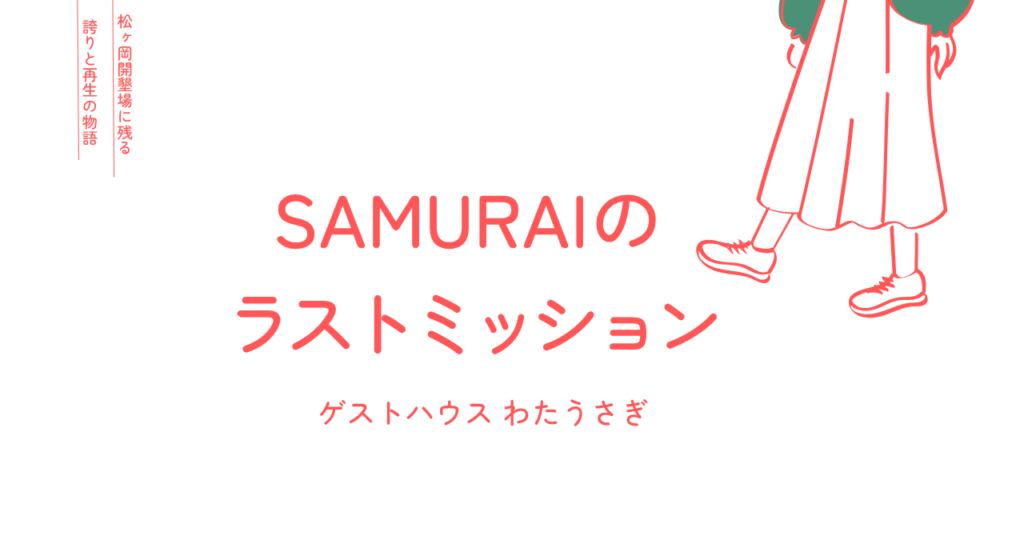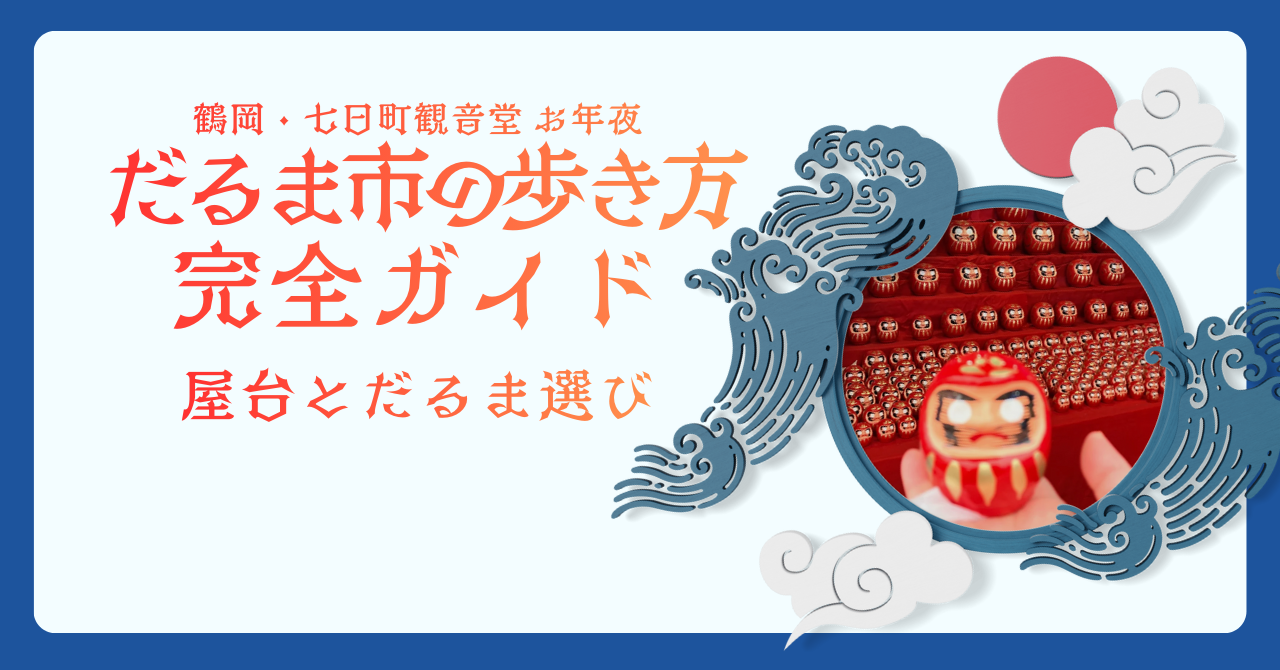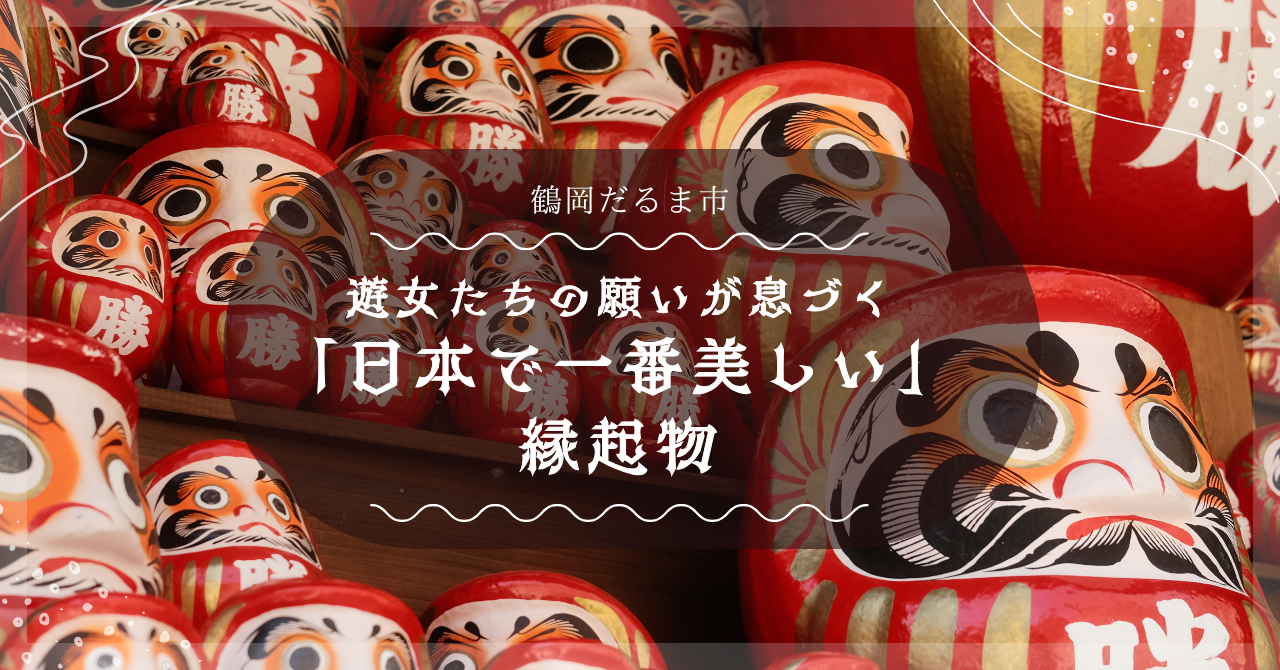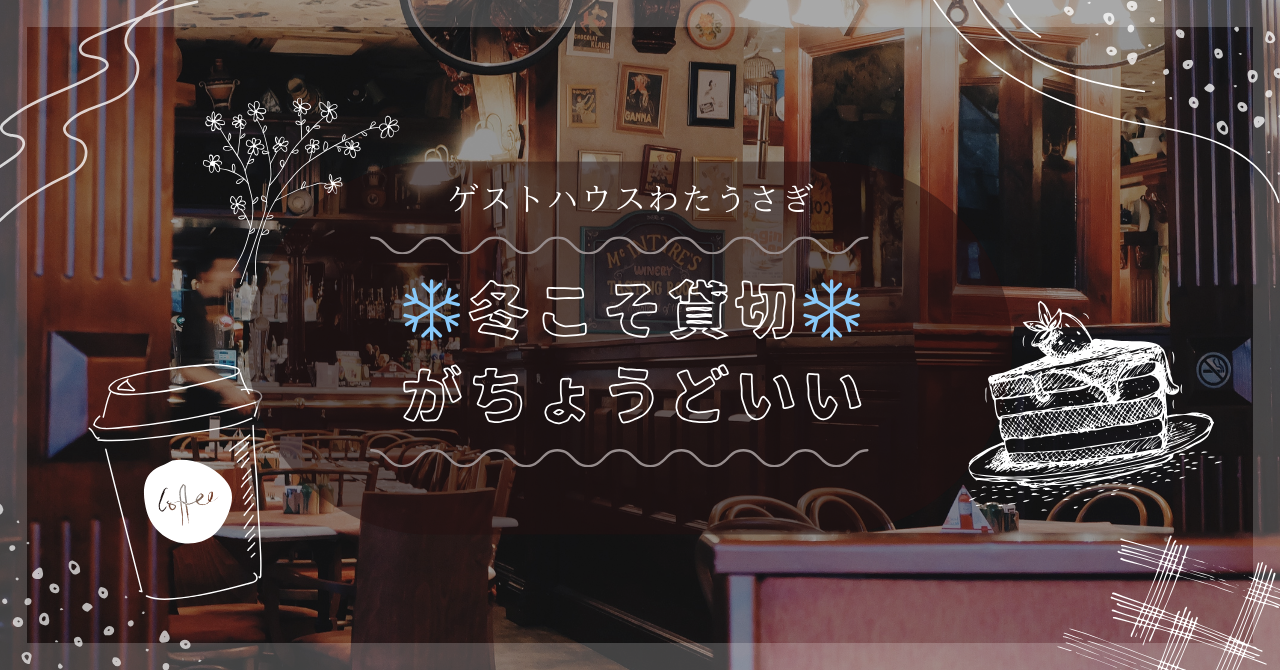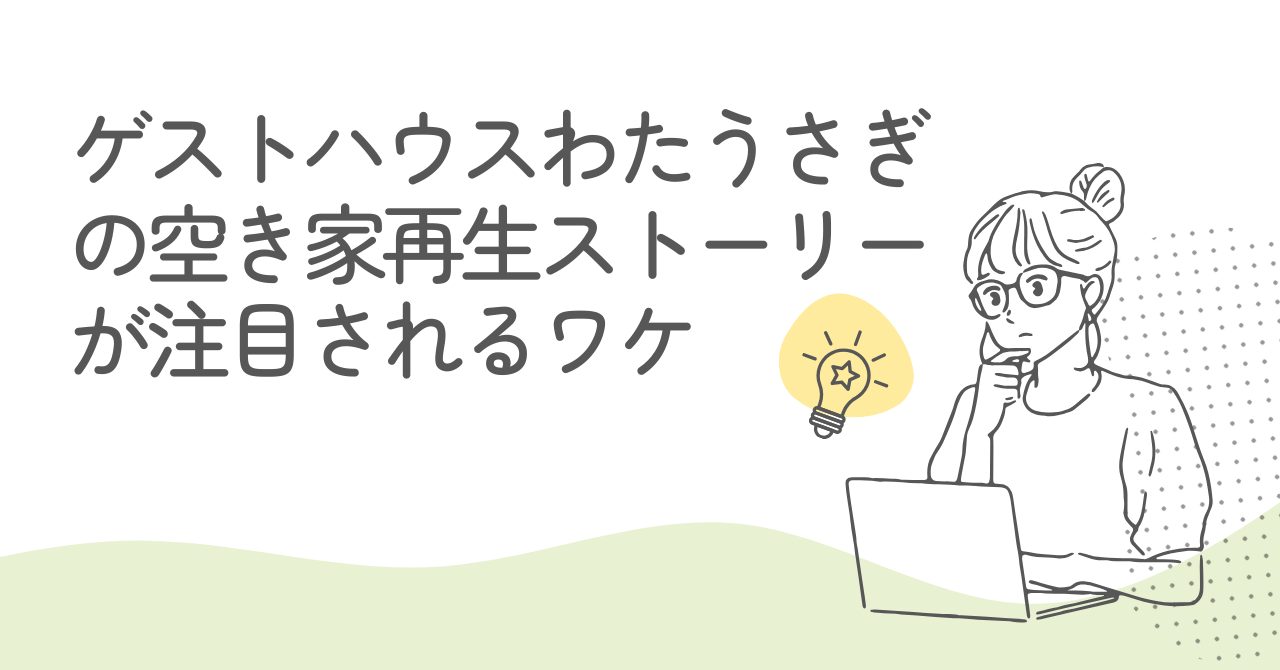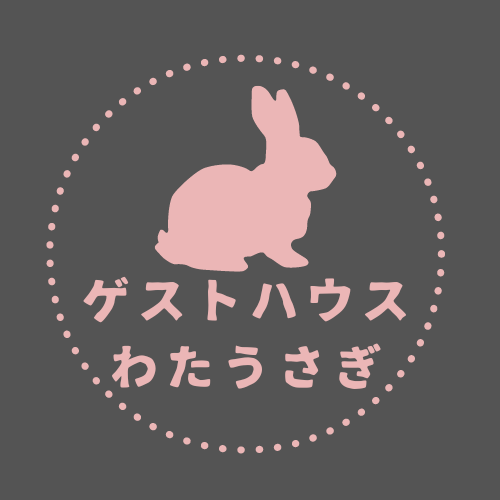Swords for hoes."
The act did not just mean that they laid down their weapons. It was a symbol of the determination of the warriors, who had finished fighting, to dedicate their lives to the new era with their own pride.
Here at the Matsugaoka Reclamation Plant in Tsuruoka, the “last challenge of the samurai” quietly lives on.
Defeated, but still proud: Decisions of the Shonai Clan Soldiers
https://www.youtube.com/watch?v=jDcQVHqHeUY
In 1868, a civil war called the “Boshin War” broke out in various parts of Japan. This was a battle between the “new government forces” that wanted to end the Edo period and build a new era called Meiji, and the “old shogunate forces” that tried to protect the old system.
The Shonai Clan fought on the side of the former shogunate and was ultimately defeated. As a result, they were stigmatized as a "bandit army.
In such a situation, one of the leaders of the new government forces, Saigo Takamori, saved the Shonai Clan. Although he was the victor, he warmly accepted the defeated Shonai Clan and did not inflict heavy punishment on them.
Moved by this “righteous” response, the Shonai clansmen vowed to live a life of service for the sake of the times, just as Saigo Sensei had done.
*Notes:
-
Boshin War: Civil war between the old shogunate forces and the new government forces over the end of the Edo shogunate (1868-)
-
New Government Forces: Forces centered on Emperor Meiji that aim to create a modern nation
-
Old shogunate forces: forces led by the Tokugawa family that tried to protect the old system
-
Shonai han: A clan whose territory included the area around present-day Tsuruoka City, Yamagata Prefecture
-
Pirate Army: A derogatory term given to the “losers” who defied the Meiji government.
-
Saigo Takamori: From the Satsuma clan, one of the central figures of the Meiji Restoration
-
Righteousness (gi): The central value of bushido. It means to uphold “righteousness that should be upheld as a human being” rather than profit or loss. It includes the meanings of sincerity, conviction, and responsibility.
From Sword to Hoe: The Challenge of Cultivation Begins
For the samurai, the sword is "the soul itself. To give it up and take up farming tools meant a fundamental change in one's way of life.
In 1870 (Meiji 3), the lord of the Shonai domain visited Saigo as far as Kagoshima and asked him to re-educate his domainers. The following year, one of the executives consulted Saigo about a new industrial plan through “sericulture” and received Saigo's approval.
Then, in 1872 (Meiji 5). About 3,000 former feudal warriors cultivated 312 hectares of mountain forest in two and a half years to complete the largest silkworm farm in Japan.
This was unprecedented in the country - "cultivation by the samurai for the sake of honor.
*Notes:
-
Samurai: A warrior class that existed from the Warring States Period to the Edo Period. Respected for loyalty and honor.
-
Sericulture: Industry of raising silkworms to produce silk yarn
-
312 hectares: approximately 770 acres. Equivalent to about 69 Tokyo Domes.
-
Silkworm house: building for raising silkworms
https://youtu.be/eMdsHfV80WI?si=7hgxLlgsQfoTTZEM
The “spirit of the samurai” lives on at the Matsugaoka Reclamation Plant
Cultivating land was not “job training” to escape poverty. For them, it was a pledge to preserve their pride for the future.
Now, when I walk around the Matsugaoka Reclamation Plant, I can feel that feeling seeping into the air.
The sprawling cobblestone streets, the massive wooden beams, the quiet silkworm houses. All of them are there in their original state.
It is not a “historical document” but a "story that has not yet ended.
*Notes:
-
Cobblestone pavement: The landscape remains as it was in those days with old-fashioned paving techniques.
-
Beam: The framework of a wooden structure. It is thick and gives a massive impression.
The Future of “Silk Town” Spreads from Shonai
With the cultivation of Matsugaoka, the Shonai area developed into the northernmost silk-producing region in Japan.
Furthermore, in 1898, an inventor from Tsuruoka, Saito Gaichi, developed Japan's first electric loom. As a result, Tsuruoka's silk fabrics spread throughout the country.
Matsugaoka's challenge was not only to develop the land. It has created an industry needed by the times with pride.
*Notes:
-
Sotoichi Saito: Inventor from Tsuruoka. Developed the electric power loom and spread the technology throughout Japan.
-
Silk-producing areas: areas where sericulture, yarn-making, and textile industries flourish
A “living historical heritage” that you should visit now!
https://youtu.be/5dz0pvMgStw
Matsugaoka Kaikenjo was designated as a National Historic Site in 1989 and as a Japan Heritage Site “Samurai Related Silk” in 2017.
It is the only place in Japan where you can see the entire process from silkworm cultivation to silk products (sericulture, spinning, weaving, scouring, and textile printing).
This is the “Last Stage of Samurai”. It is a place where you can feel the voices of those who did not give up their ambitions even after they put down their swords.
*Notes:
-
Silk spinning: The process of taking thread from silkworm cocoons
-
Weaving: Process of weaving yarns into cloth
-
Scouring: Process to remove impurities from yarn
-
Textile printing: Process of dyeing patterns on cloth
Access & Tourist Information
-
名称Matsugaoka Reclamation Site
-
Location: 29 Matsugaoka, Haguro-cho, Tsuruoka City, Yamagata Prefecture
-
Facilities: Matsugaoka Reclamation Memorial Museum, Silk Museum, workshop tours, direct sales, etc.
-
Business hours and holidays: Varies by facility (confirmation required)
-
Admission: Partially charged (workshop experience, exhibition facilities, etc.)
-
Guided tours available: Available by advance reservation / English guidance available (in some cases)
-
Official website:https://tsuruoka-matsugaoka.jp/
Directions from 🚗 Watasagi (about 7 minutes by car)
-
Starting point: Guesthouse “Watasagi” (Kamihata-cho, Tsuruoka City, Yamagata Prefecture)
-
→ Approximately 4 km north on Prefectural Road 47 (Haguro Kaido) by car
-
→ “Matsugaoka Kaikenjo” parking lot available (free of charge)
-
→ Less than 10 minutes by car or cab / Less than 30 minutes by rented bicycle (also recommended in good weather)
Lastly -- To those of us living in the modern age
You can of course enjoy the nostalgic atmosphere where the feelings of those days are still intact, and you can also learn about the history of the area.
In April, cherry blossoms are in full bloom, making it one of the best-known cherry blossom viewing spots in the area. On weekends, various events are held, attracting many people.
The traffic is a bit bad, but the spot is worth a visit!
That's all for today's article.
Guesthouse Watasagi is a guesthouse located right in between the ocean, the mountains, and the city center.
We hope you will enjoy Tsuruoka and Shonai to the fullest with Guesthouse Watasagi as your base 😊.
We also promote the attractions of our hometowns of Yamagata, Tsuruoka, and Shonai. We post the latest updates on Instagram. Please follow us and wait for our updates💕
Related Articles
[Mt. Haguro ★ Michelin ★ Awarded] The world-renowned "Mountain of Prayer"
Dewa Sanzan Shrine, a “rebirth journey” through the present, past, and future
**\[Limited to 20 Days Only!!] Summer Illumination of the National Treasure: Haguro-san Five-Story Pagoda**

